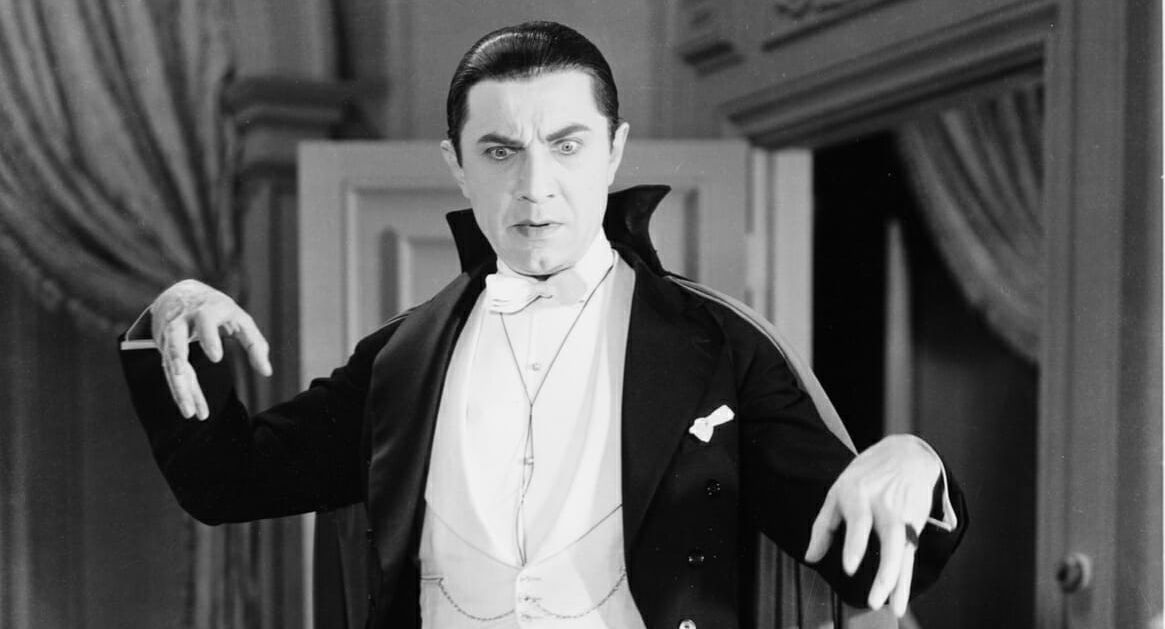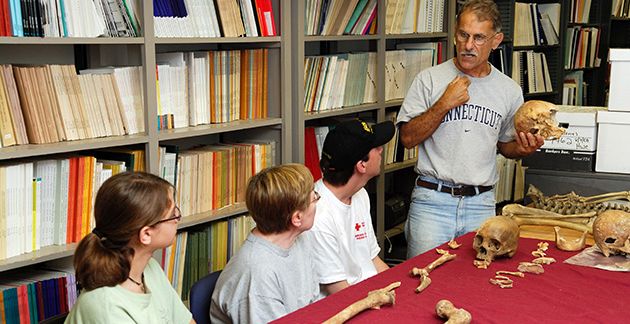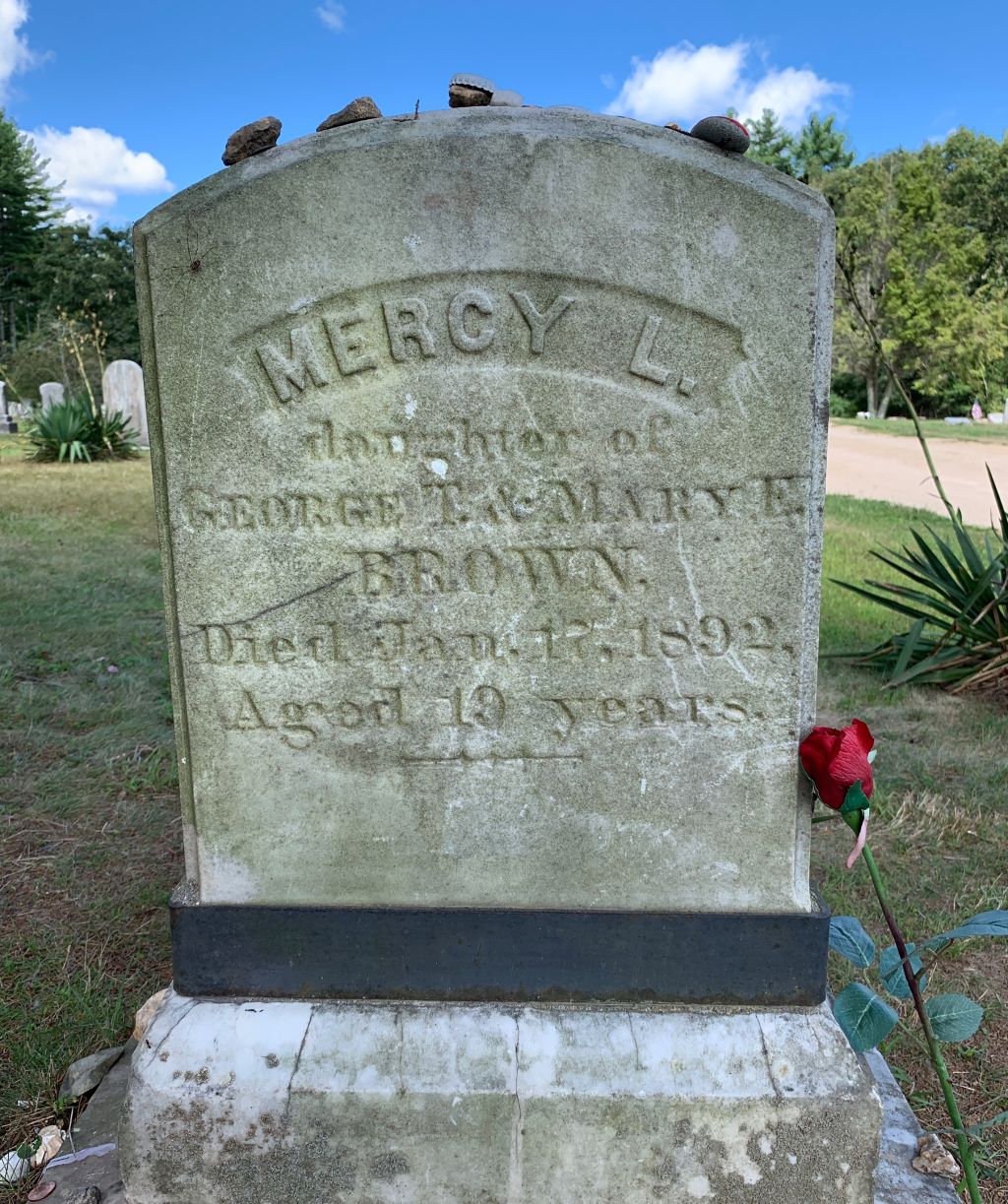Authors:
Historic Era: Era 6: The Development of the Industrial United States (1870-1900)
Historic Theme:
Subject:
October 2020 | Volume 65, Issue 6


Authors:
Historic Era: Era 6: The Development of the Industrial United States (1870-1900)
Historic Theme:
Subject:
October 2020 | Volume 65, Issue 6

October has become the season of reruns of television shows about ghouls of various sorts, with images of vampires often skulking around.
Could there be some truth behind the undying clichés about vampires?
In 1990, police in Griswold, Connecticut were called to the scene of what was suspected to be a mass burial. They soon realized it was a fairly typical 19th Century family burial and notified the state archaeologist, Nick Bellantoni.
While supervising the exhumations, Bellantoni was struck by what came to be known as Burial Number 4. Unlike the other simple graves, this one had heavy, flat rocks on it with a red-painted coffin underneath. The skeleton they found inside, of an individual they called “J.B.”, had been beheaded and his bones completely rearranged, with many of the ribs deliberately broken.

When Bellantoni consulted with colleagues about this mystery, one of them asked, “You ever heard of the Jewett City vampires?”
It turned out that in 1854, townspeople in a neighboring Connecticut village exhumed several corpses that they suspected were vampires that had risen from their graves to kill the living. Newspapers published lurid stories about the “Horrible Superstition.” Henry David Thoreau mentioned such an exhumation in his journal, writing that “the savage in man is never quite eradicated.” Perhaps the Griswold grave was desecrated for the same reason.

Historians noted that the public hysteria almost invariably occurred in the middle of a terrible outbreak of tuberculosis. Indeed, medical tests ultimately revealed that J.B. had suffered from some lung disease very like tuberculosis. Sometimes, members of a rural family would contract the wasting illness, and — even though they might have received a standard medical diagnosis — these early victims were judged to be “vampires” by survivors and responsible after their deaths for preying upon family members who subsequently fell sick. Sometimes an exhumation would be performed to stop the alleged vampire’s predations.
A particularly notorious case occurred in 1892. Nineteen-year-old Mercy Lena Brown, who lived on a farm outside Exeter, Rhode Island,